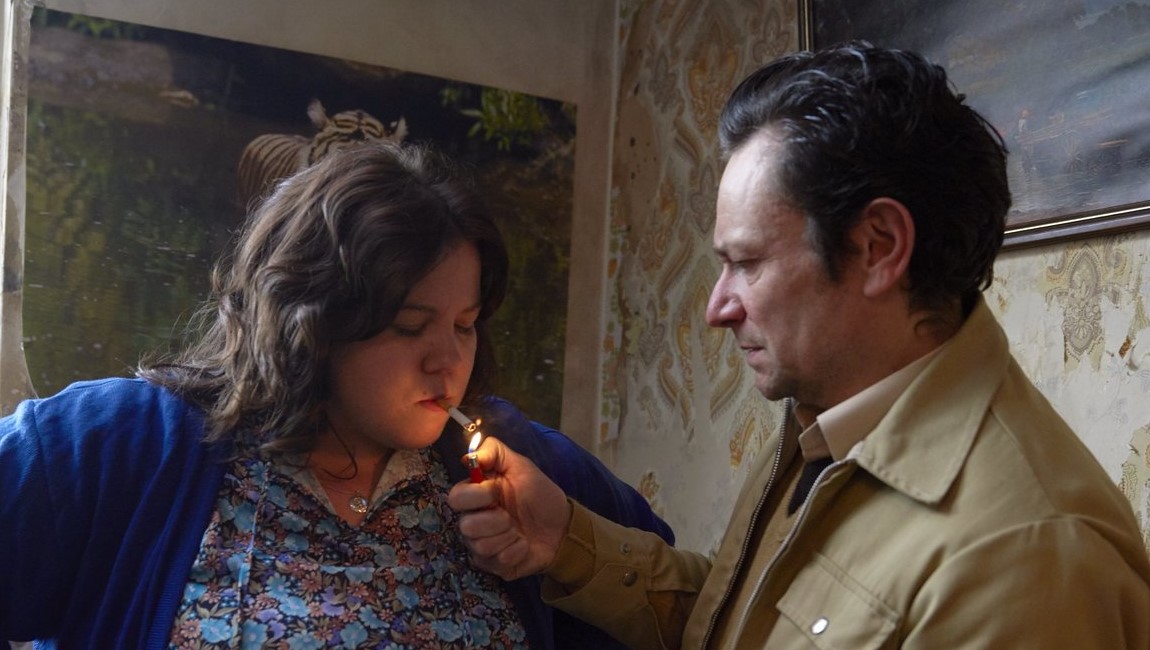In a small village in Jharkhand, east India prowls a tiger; this tiger is misogyny, and its fellow tigers constitute the broader institutions of patriarchy. But even patriarchy, perhaps, doesn’t entirely lend credence to the fire and urgency of Nisha Pahuja’s latest documentary, To Kill a Tiger, which is about something more than the repressive worldviews and practices imposed on India’s 1.4 billion population, often by the very people themselves. A pervasive sense of pessimism — hopelessness even — colors the discourse surrounding gender equality in a country already notorious for its sectarian intolerance, having been catapulted into global infamy with the 2012 Nirbhaya case in which Jyoti Singh, a twenty-three-year-old woman, was gang-raped to death on a public bus in Delhi. This pessimism is only bolstered by hard statistics: every twenty seconds or so, it is estimated, a woman is raped or sexually assaulted. Out of these cases, less than half are ever reported, and even fewer dealt with by the rule of law. Instead, for a majority of victims, the solution is always a home remedy; remedy, that is, for the greater good which, just as frequently, caters to the doers and not the receivers of evil.
To Kill a Tiger tackles precisely this iniquity by localizing its purview to a rural environment, where parochialism is more rampant and further hampered by a general lack of access to education. The fight for justice takes place amid a case otherwise buried by the village community: Ranjit, a farmer, awakens one night to find his thirteen-year-old daughter staggering back from a wedding celebration, having been gang-raped by three men. Kiran (a pseudonym to protect the girl’s privacy) is battered, badly beaten, and later ostracized by her classmates, for she has effectively been “ruined,” her honor lost to her aggressors. The way forward, then, is drily ironic: she’ll have to restore her honor by marrying one of them. But which one? Upon probing by Pahuja and her crew, one of the village women declares confidently that two of the three men had to be bystanders; that the victim wasn’t entirely faultless; and that marriage was the only way to keep at bay a life of ruinous shame. Pahuja’s equally dry response: “Then every boy in the village who likes a girl will rape her so he can marry her.”
Victim-blaming, ingrained in both thought and practice, thus appears to be the sorry order of things, and activists such as those Pahuja’s camera follows are seen as nosy and condescending irritants. “No one person is more important than the community,” chimes a male village elder, visibly annoyed by this unannounced intrusion into what has for time eternal been their moral turf. Others are somewhat more discerning, but nonetheless opt for resignation and complicity; the lawyer representing the accused is a woman, and she reminds Pahuja of the silence her gender inevitability consigns her to. “You can’t forget you’re a girl. […] Here, I can’t even trust my own son.” For the instigators and abetters alike, inequality is not merely real, but also natural, and because it is natural, it is sometimes staunchly defended against better judgment.
In Kiran’s case, a legal battle to escalate the crime takes precious months, drains precious time from Ranjit’s grueling schedule, and saps away what precious little bonhomie the family had with their community to begin with. But To Kill a Tiger — its very existence, in fact — argues for its moral necessity in spite of the practical hurdles. It notes and draws out one of the tensions at stake, namely how any response to the rape is framed as a balancing act between individual rights and collective stability. It also succeeds in reframing this perspective on both ends: the “harmony” of the village, as it were, is repudiated by no less than Ranjit, the father, in search of a collective responsibility to undergird stability; similarly, individual rights are treated as means to an end, which Pahuja finds in the dignified, unrelenting figure of a girl who refused to evade her attackers, as well as the piercing gaze of the camera. In a sense, it is Kiran who directs the proceedings, re-establishing agency over the narrative: her face is shown, but those of the rapists are not. They are blurred out, not even dignified with recognition, and it is through this that the film makes a powerful case for social change — not merely with sticks and stones, but through the unyielding conviction of ideas and words.
DIRECTOR: Nisha Pahuja; CAST: —; DISTRIBUTOR: National Film Board of Canada; IN THEATERS: October 20; RUNTIME: 2 hr. 5 min.







